Bosozoku Fashion: The Rebel Aesthetic That Shaped Japan's Streets
BY BoringMonday
April 09, 2025
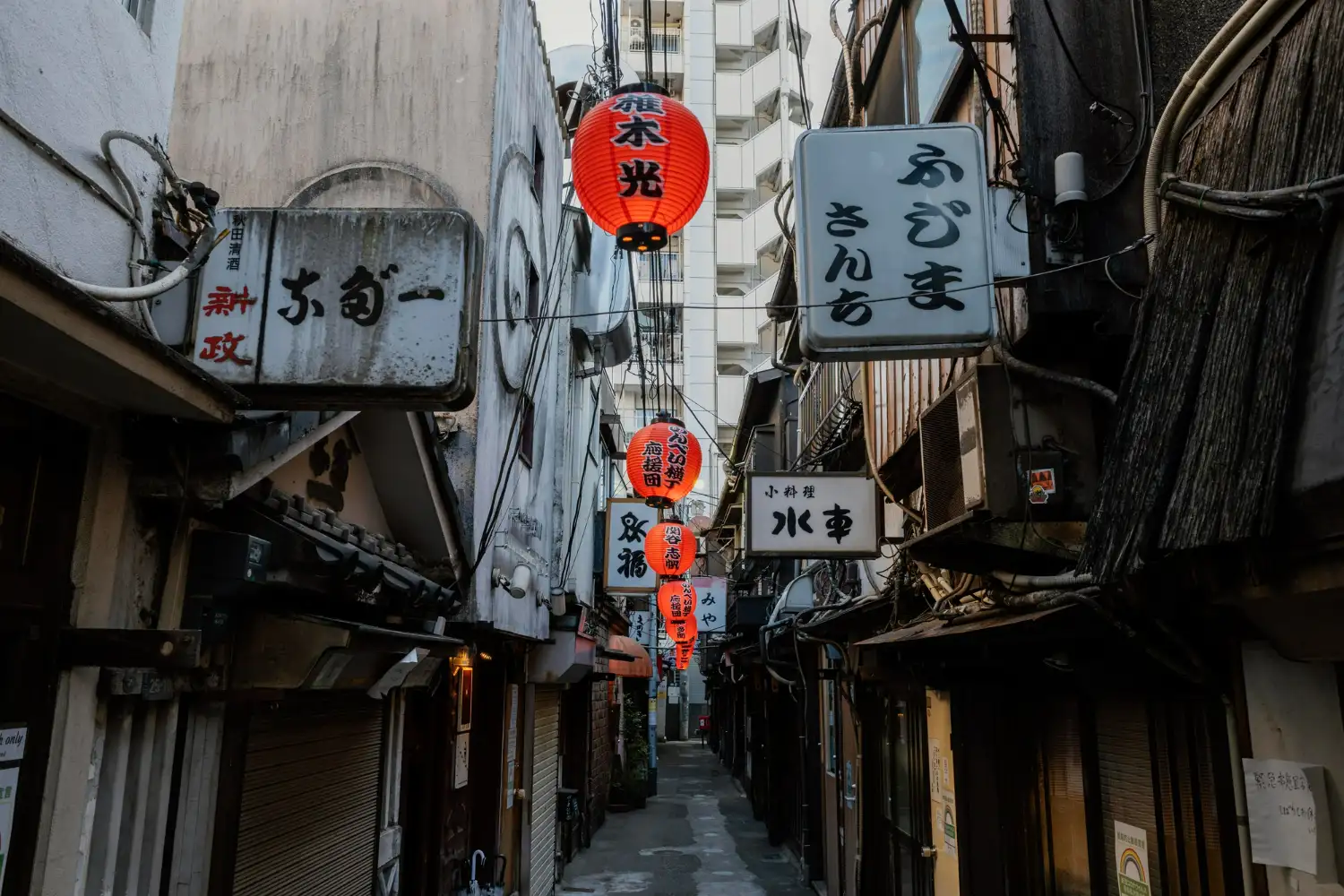
Bosozoku fashion isn’t just a style; it’s an attitude. Born from post-war Japanese motorcycle gangs, this subculture carved out a striking identity on the streets of Tokyo and beyond. With flamboyant uniforms, militaristic elements, and a bold disregard for conformity, Bosozoku fashion is a visual rebellion.
Origins of Bosozoku Culture
The Post-War Roots
The term "Bosozoku" roughly translates to "reckless tribe," originally referring to Japanese biker gangs that emerged in the 1950s. Comprised largely of working-class youth, these gangs were heavily influenced by kamikaze pilot imagery, nationalism, and post-war discontent.
1980s Peak: Style as Protest
By the 1980s, Bosozoku had become a social force. While some associated it with delinquency, others viewed it as a form of expressive freedom. This era marked the height of the fashion's evolution, with distinctive outfits becoming central to their identity.
Key Elements of Bosozoku Fashion
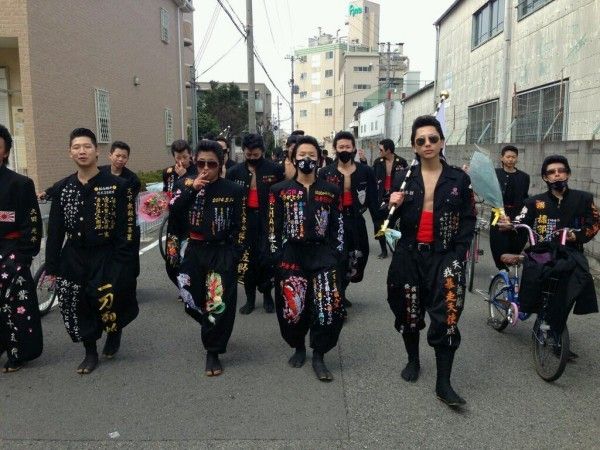
1. Tokkōfuku Uniforms
Perhaps the most iconic Bosozoku outfit is the Tokkōfuku — a military-style jumpsuit, often customized with gang insignias, political slogans, and provocative symbols. These outfits serve as a visual declaration of pride and defiance.
2. High-Rise Baggy Pants
Loosely inspired by traditional Japanese workwear, these pants are intentionally exaggerated and are often worn with combat boots or geta sandals.
3. Custom Jackets and Long Coats
Inspired by military trench coats, these long jackets are hand-embroidered with kanji characters and personal iconography. The dramatic silhouette adds to the aesthetic’s rebellious nature.
4. Bold Accessories
From aviator sunglasses to hachimaki headbands and biker gloves, accessories play a huge role in amplifying Bosozoku looks.
Female Bosozoku Fashion
Reclaiming the Streets
While Bosozoku culture was initially male-dominated, female members (known as "Sukeban") carved out their own identity. Blending femininity with rebellion, their style included sailor uniforms, modified biker jackets, and even lipstick and eye makeup as symbols of defiance.
The Sukeban Style
The Sukeban style is equally militant and feminine, with elements like long skirts, sharp eyeliner, and combat boots. It was a loud statement in a patriarchal society, redefining what it meant to be a delinquent girl.
The Aesthetic Breakdown: Bosozoku Bike Fashion Outfit
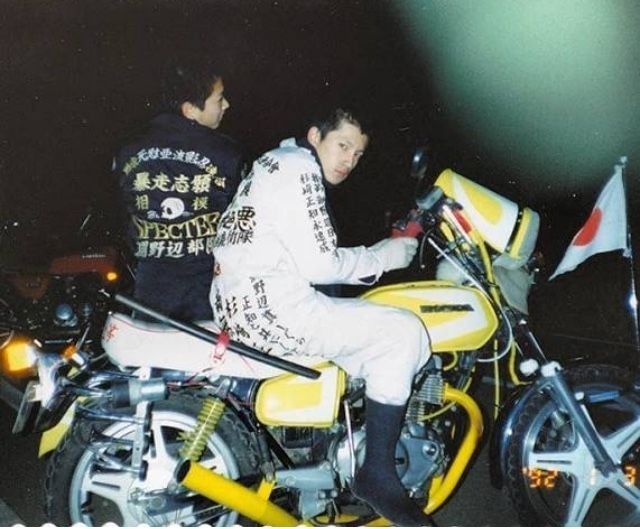
1. Helmets & Masks
Bosozoku helmets are often modified with horns, spikes, and customized paint jobs. Many also wore masks — both for anonymity and added drama.
2. Layered Looks
Layering is key: undershirts, vests, jackets, and even sashes are combined to create a sense of exaggerated volume and flair.
3. Personalization
Each outfit tells a story. From gang allegiance to personal beliefs, the embroidery and patches serve as wearable narratives.
Bosozoku Fashion in Pop Culture
Influences in Anime & Manga
Characters from series like Tokyo Revengers, Akira, and Great Teacher Onizuka are direct reflections of Bosozoku culture. Their outfits often pay homage to the rebellious spirit and aesthetics.
Music & Global Fashion
Japanese punk bands, visual kei artists, and even global designers like Raf Simons and Undercover have drawn inspiration from Bosozoku looks. The visual defiance continues to echo in collections around the world.
The Decline and Resurgence
1990s Decline
Due to legal crackdowns and societal pressure, the number of active Bosozoku gangs dwindled in the late 1990s. However, the fashion and aesthetic lived on through media and nostalgic subcultures.
Modern Revival
Thanks to renewed interest from fashion historians, streetwear aficionados, and pop culture, Bosozoku fashion is being reimagined today. Vintage pieces and new interpretations are appearing in streetwear, editorials, and indie labels.
Legacy and Impact
Bosozoku fashion is more than nostalgia. It's a symbol of rebellion, individuality, and cultural critique. Its influence stretches beyond biker gangs, influencing everything from Harajuku fashion to contemporary punk.
How to Style Bosozoku-Inspired Looks Today
Statement Jackets: Embroidered long coats or patched denim jackets.
Wide-Leg Pants: Look for high-rise baggy silhouettes.
Military Elements: Incorporate belts, combat boots, and khaki tones.
Accessories: Don’t be afraid of sunglasses, gloves, or headbands.
Symbolic Graphics: Kanji, patches, or slogans bring authenticity.
Bosozoku fashion is a compelling narrative of post-war rebellion, artistic expression, and subcultural pride. While the gangs may have faded, the style lives on. In a world obsessed with curated aesthetics, Bosozoku remains a raw, unapologetic celebration of identity and rebellion.
Topics :
Share :
Style Meets Substance
Find pieces that move with you. Every article has a story — now wear one that speaks yours.

Recommendation Lifestyles
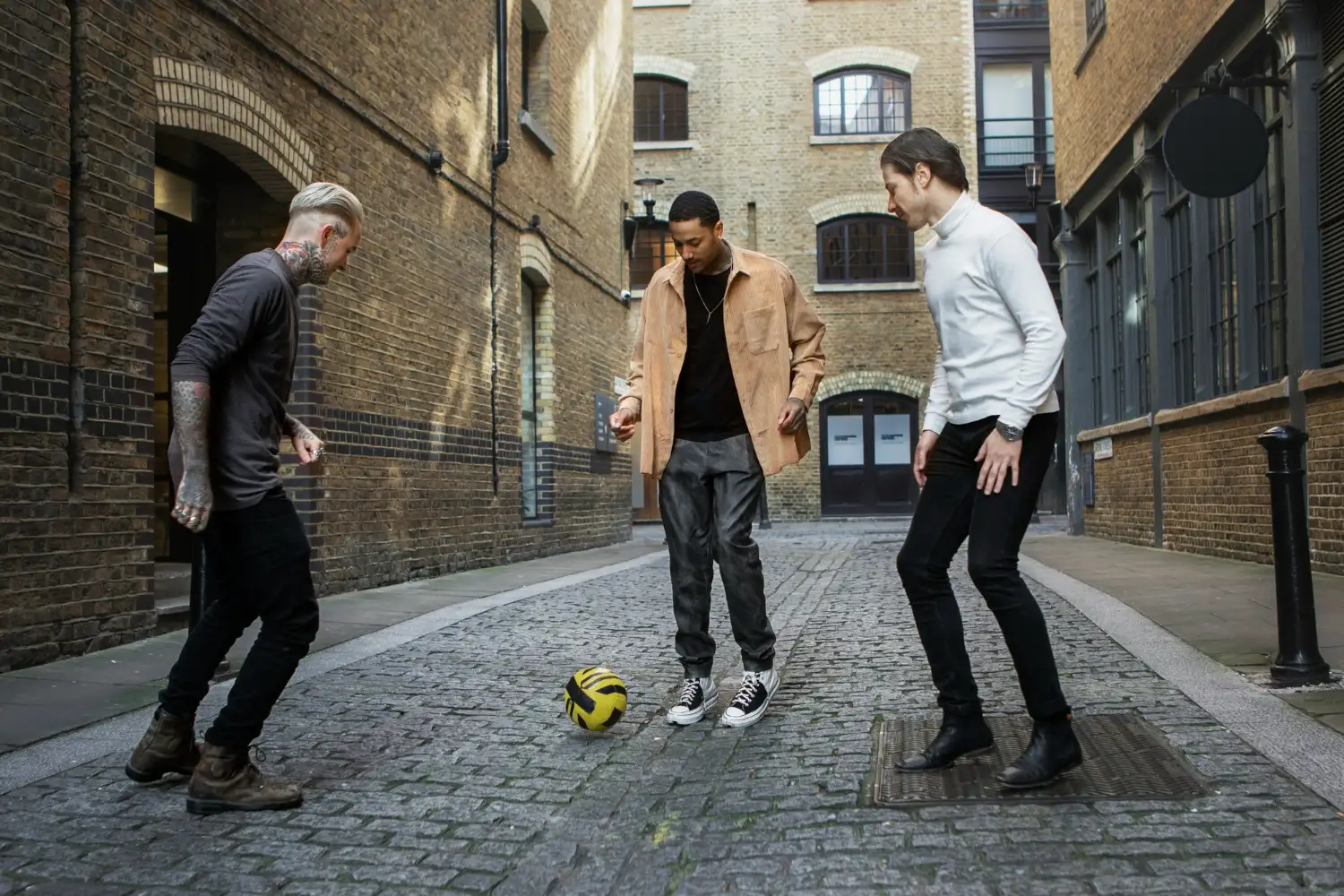
Lifestyles
Streetwear Soccer Jersey Fashion: From Pitch to Pavement
July 18, 2025
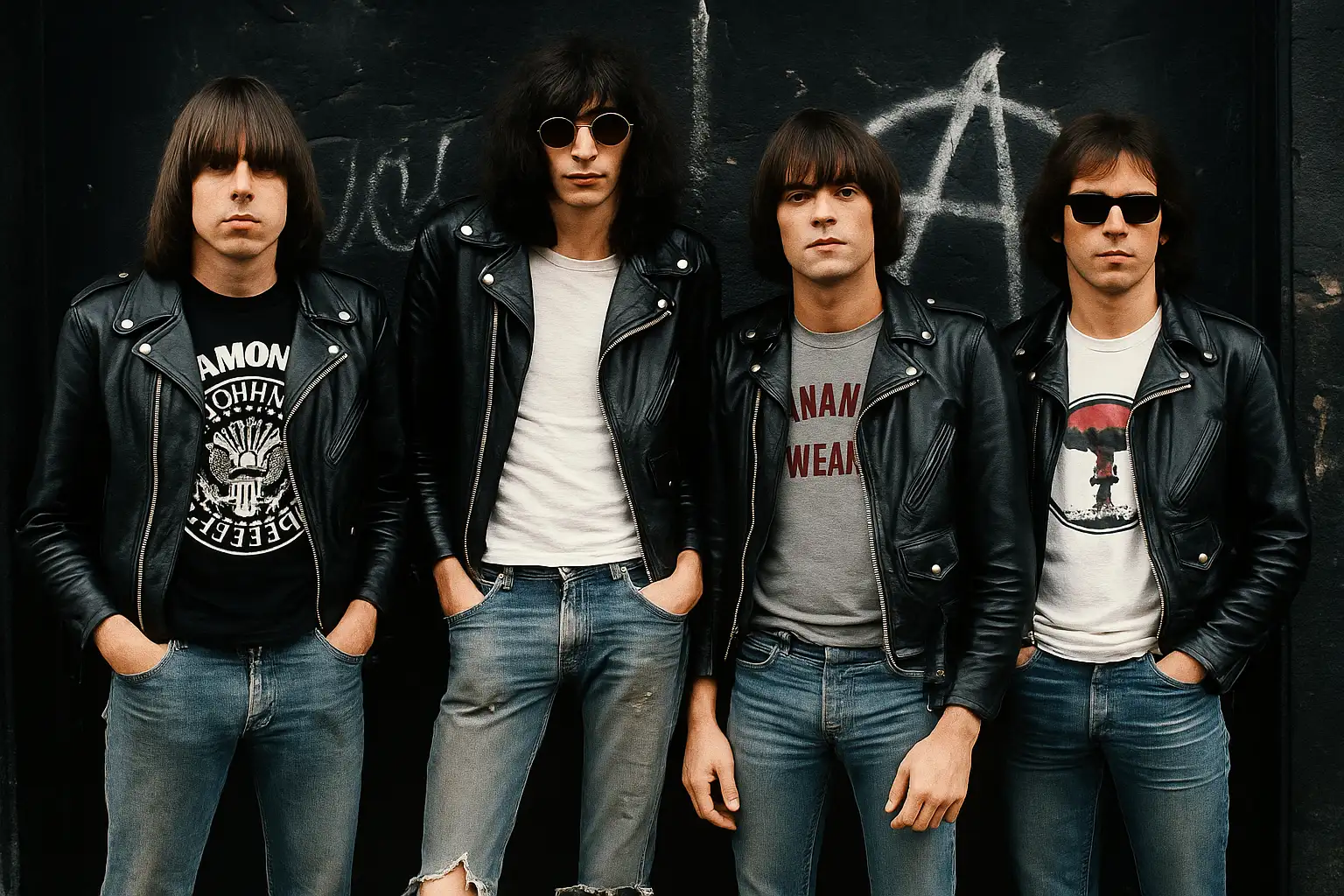
Lifestyles
The Ramones Seal: From Band Emblem to Streetwear Manifesto
July 08, 2025
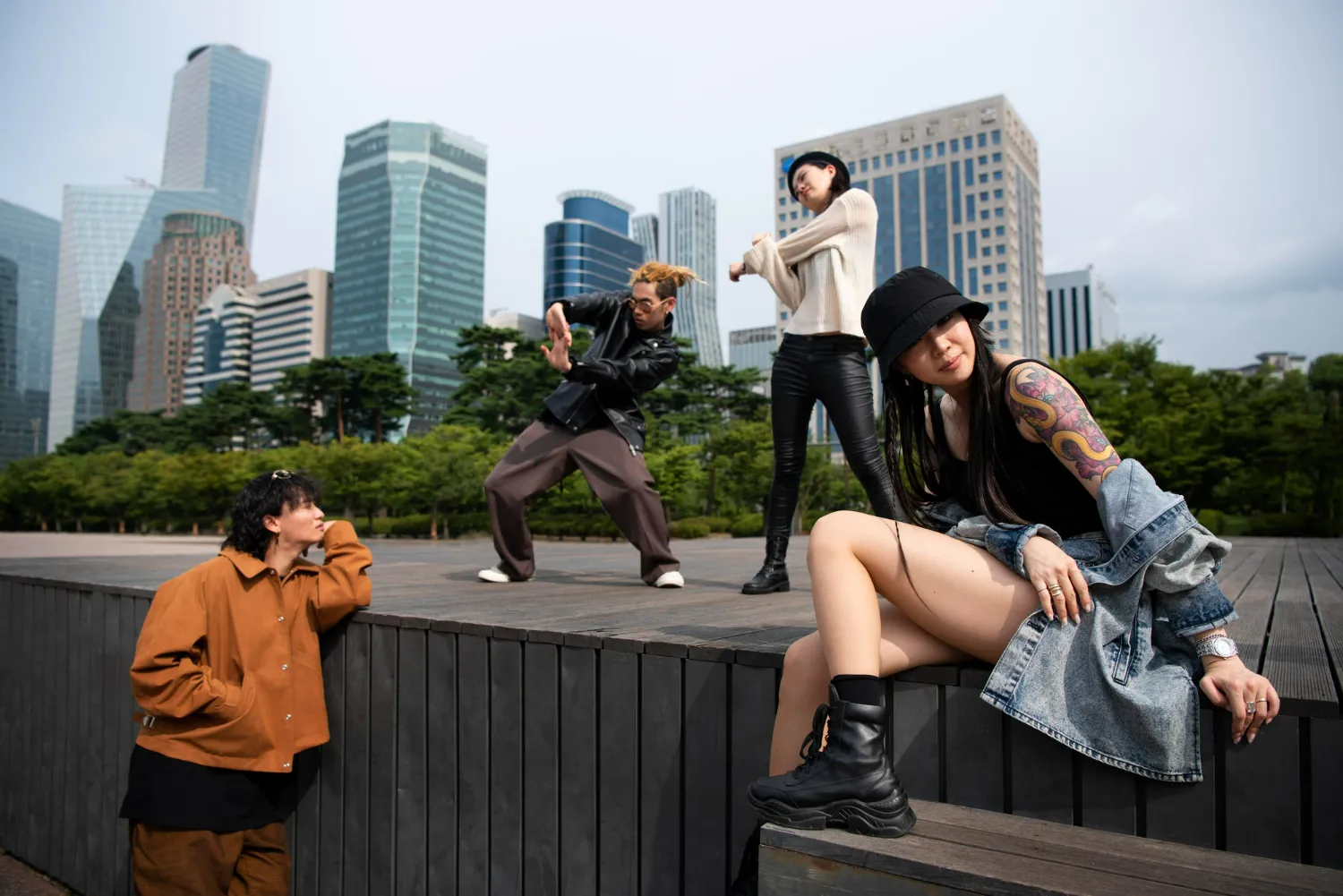
Lifestyles
Kalcer Style: The Bold Identity of Indonesian Streetwear
April 11, 2025
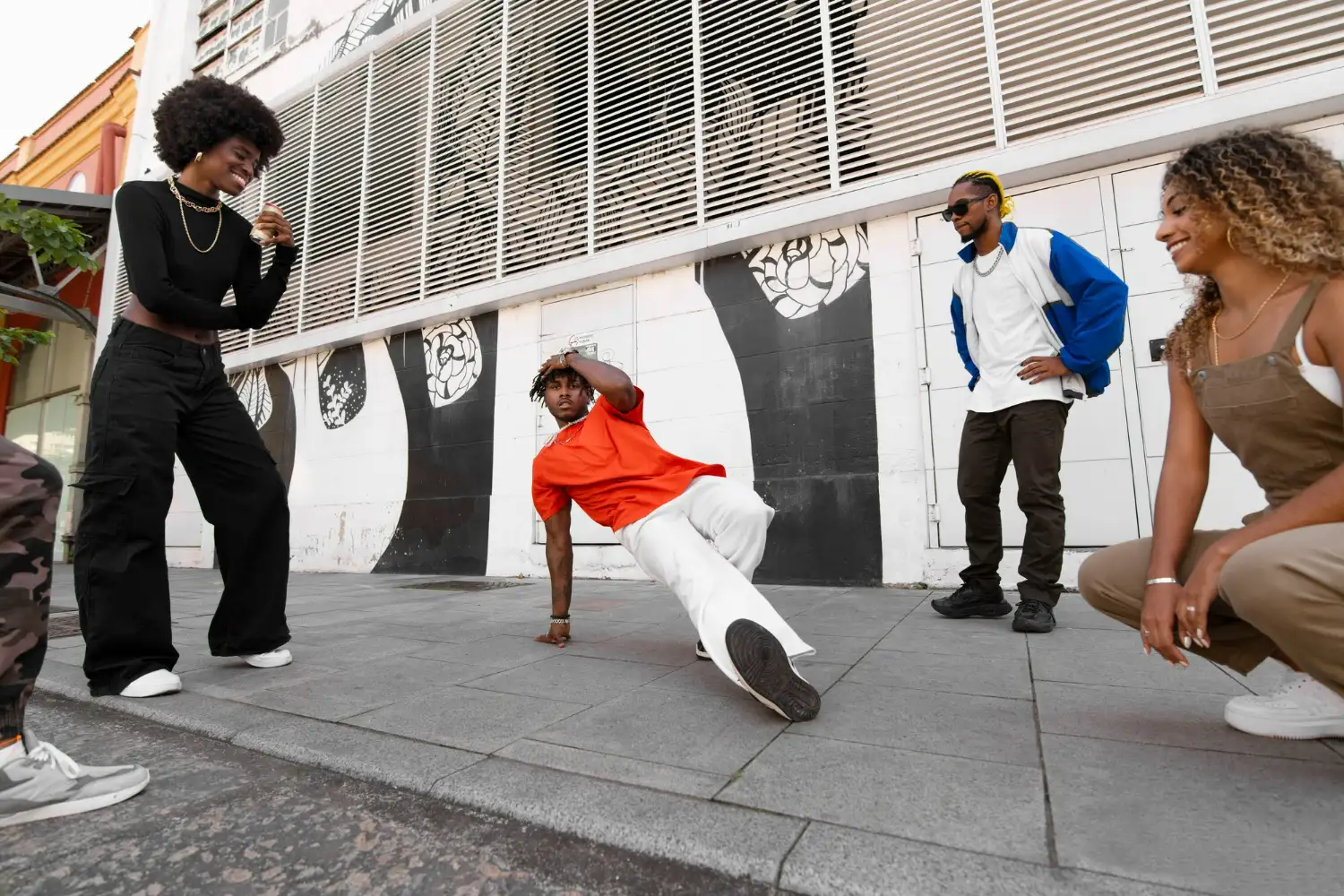
Lifestyles
Hip Hop and Streetwear: The Culture of Style
July 04, 2025